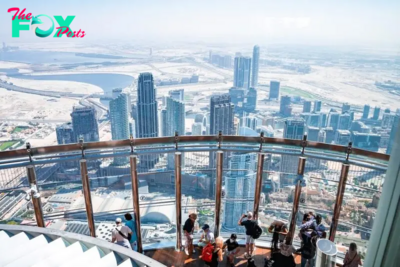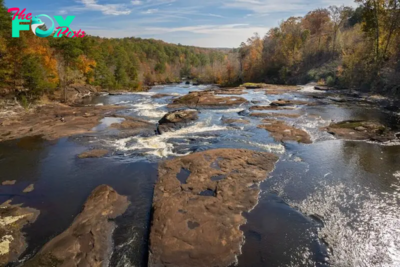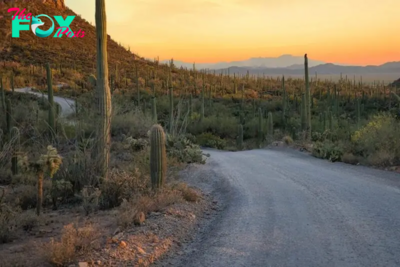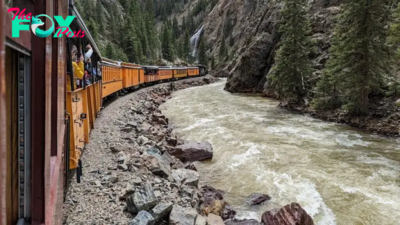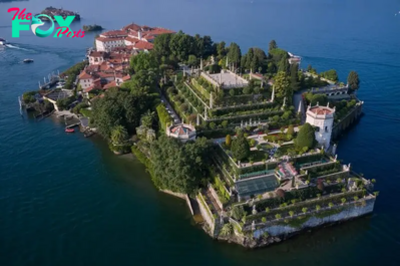Travel
10 US Cities with The Best Public Transportation
Public transportation has come a long way since the days of horse-drawn carriages and steam-engine trains. Today, sleek metro systems that cruise beneath the US’s modern cities have become an essential lifeline for millions.
We’ve got everything from electric buses to ferries to light rail, all working together (at least most of the time) to move people around safely, affordably, and efficiently. A good way to understand the efficiency of getting around a city is to compare its walk score with its transit and bike scores. And that is exactly what I have done with this list.
While American cities, with their large surrounding suburbs, can be tricky to connect, these ten cities have nailed the Walk Score brief for public transportation:
10. Arlington
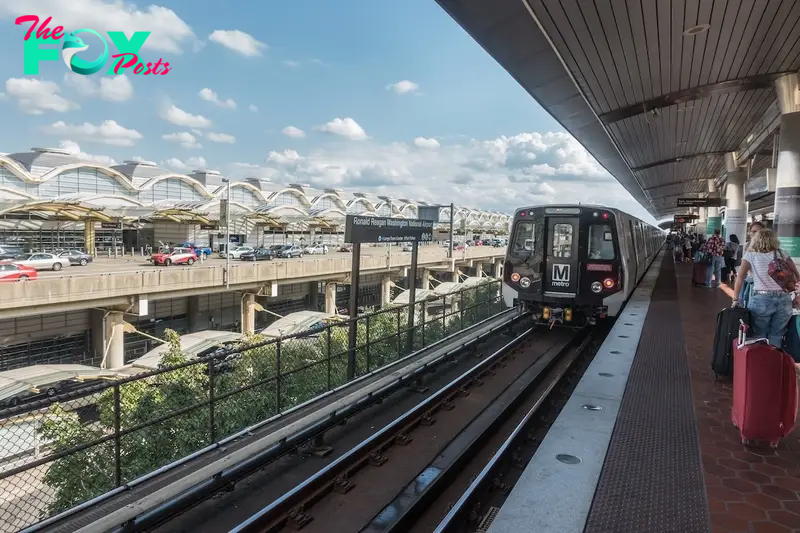
You wouldn’t think the suburban city of Arlington, Virginia, would rank among the best for its public transport network, but it does.
The star of the show is the Washington Metro (WMATA), which connects the city with the neighboring D.C. area. It’s clean, quick, and surprisingly easy to navigate, considering the network crosses the state border.
Arlington scores 71 for its walkability (and 72 for its bike score), too. But if you’re not big on walking, the Arlington Transit (ART) zips around the inner city, with metro and bus lines. You can plan and track your route using the Moovit App.
9. Seattle
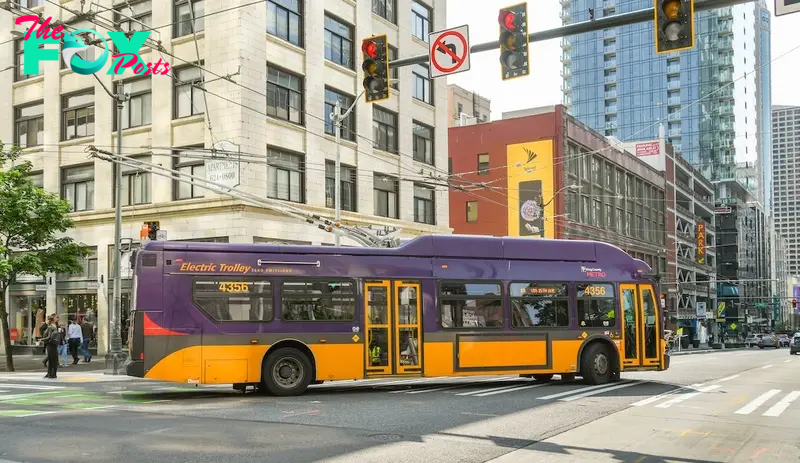
Seattle’s public transport offers a little mix of everything. Light rail, buses, ferries, and streetcars roam the streets and waterways around here, connecting the suburbs to the city center and beyond. This makes sense, given that companies like Amazon, Microsoft, and Starbucks have head offices in this city.
Sound Transit runs the Link Light Rail, with smooth connections between downtown and the airport in around 40 minutes. There is also the King County Metro bus system, which covers just about every inch of the city.
It’s all integrated, too. So, you can hop from one mode of transport to the next in only one journey. Oh, and Seattle is also super walkable – hitting a 74 on the walk score.
8. Chicago

Chicago is one of the most walkable cities in the US — quite the feat for a major city home to millions of residents. The Chicago Transit Authority (CTA) is responsible for the city’s trains and buses. While they are all pretty efficient, the L trains (which stand for ‘elevated’) deserve a special mention.
Not only are they synonymous with the city landscape, but the Red and Blue lines run 24 hours a day. This is an absolute lifesaver for a city that never sleeps. The buses generally cover a pretty extensive area and are affordable, too. Suburban dwellers can hop on the Metra train to get out into the burbs.
7. Newark
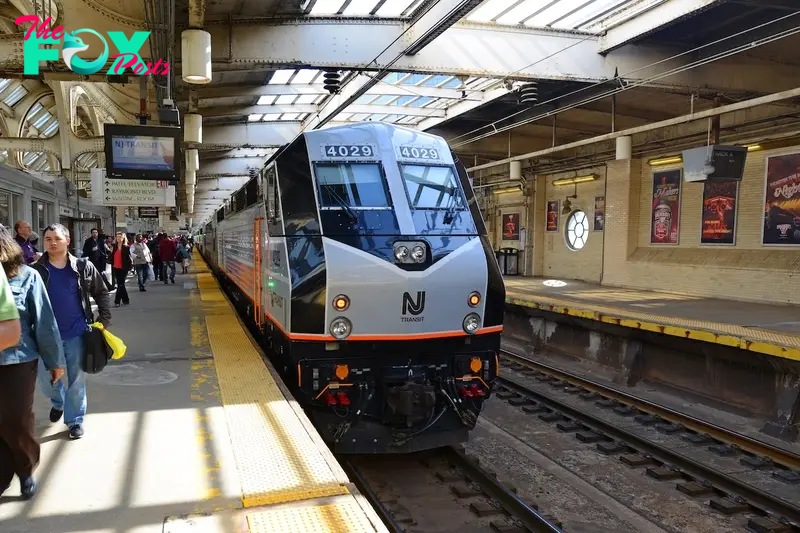
If you thought Jersey was just the sleepy city on the outskirts of Manhattan – think again. It might not be New York, but it has a pretty solid public transport network of its own.
The NJ Transit is the main player here, with buses and light rail options connecting downtown Newark with the suburbs of Jersey, the airport, and even Manhatten in just 20 minutes.
Best of all, it’s pretty affordable for a transit network that Travels beyond state borders. Newark has one of the highest walk scores (76) but a relatively mediocre bike score (51).
6. Philadelphia
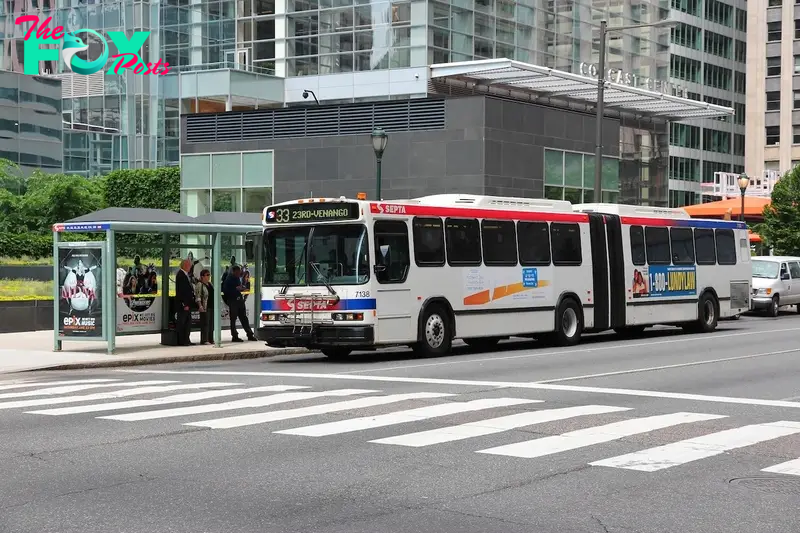
Philadelphia SEPTA (Southeastern Pennsylvania Transportation Authority) is among the best on the East Coast. Not only for its efficiency and affordability but also for its sheer diversity of modes of transport. I’m talking about buses, trolleys, subways, and regional rail lines. You name it, they’ve got it.
The Market-Frankford Line (EI) is the best option for getting around the inner city, and the trolleys are a real nostalgic throwback. The Acela Express Trains are pretty extensive, too. They connect the city with Boston, New York, and Washington D.C.
5. Washington D.C.
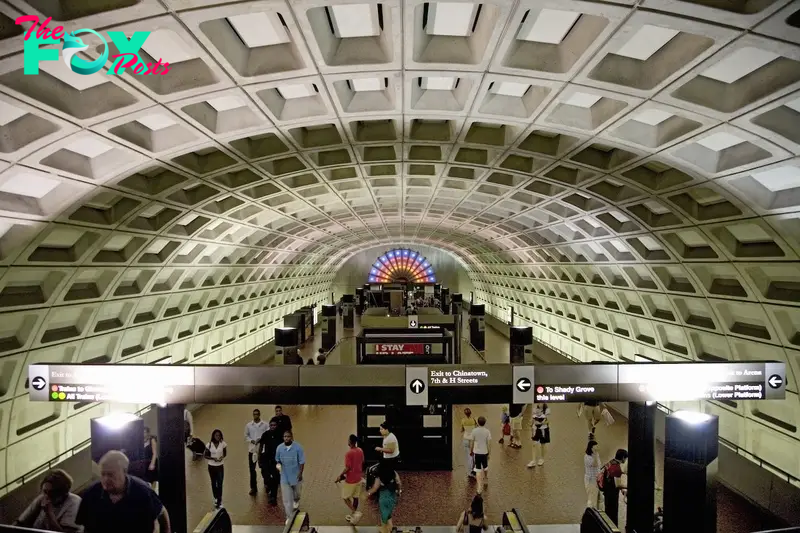
The capital hits a decent walk, bike, and transit score. D.Cs Metrorail is famous, and for good reason. It’s one of the cleanest and most organized subway systems you’ll have the pleasure of riding on. Quite the accomplishment for the second busiest subway in the country. Seriously, it’s incomparable to nearby East Coast contenders.
The color-coded lines are easy to navigate, and subways connect the inner city to the suburbs and beyond. Buses fill any gaps where the Metrorail doesn’t reach, and with tech-friendly cashless payment systems, it’s as easy as tapping your smartphone.
4. Jersey City
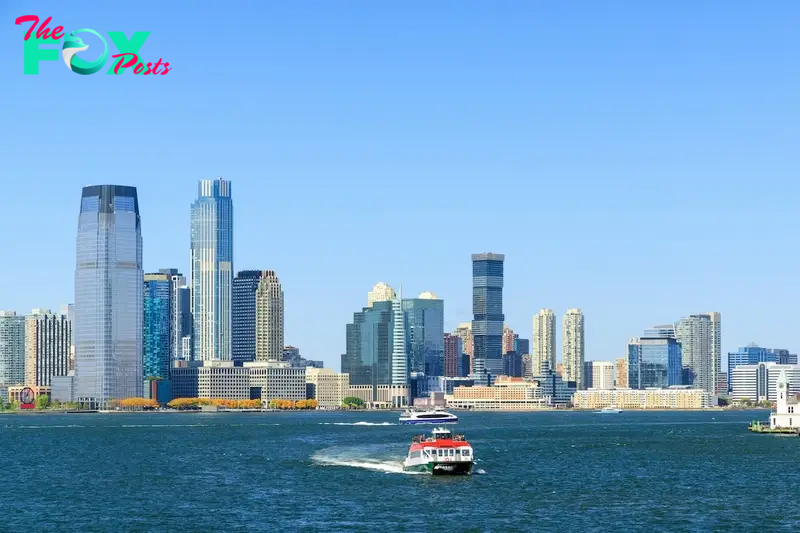
Jersey City might sit in the lonely shadow of New York, but its public transport system deserves its own bragging rights. The PATH trains run throughout the city, connecting Jersey City to Manhattan in a mind-blowing 15 minutes. No wonder people chose to live here and commute to NYC daily.
The Hudson-Bergen Light Rail is the network to use to zoot around the waterfront or up into Union City, Hoboken and Weehawken. It also hits a high 87 mark on its walk score, meaning most errands can be accomplished on foot.
3. Boston
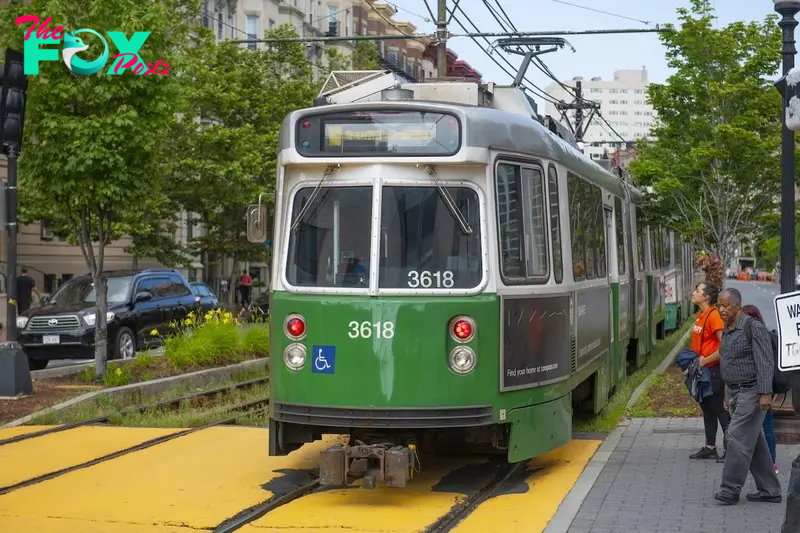
If you’ve spent any time in Boston, you’ll know that locals call their transport system the ‘T.’ Technically called the MBTA (Massachusetts Bay Transportation Authority), the subway is the oldest in the country. It has color-coded lines that make it possible for even the most unfamiliar tourist to navigate.
There is also a solid bus network, commuter rail, local rail, and even ferries to fill the gaps the MBTA doesn’t reach. Like any successful city, The Ride offers door-to-door rides for disabled Travelers.
2. San Francisco

San Francisco’s public transport network is as eclectic as the city itself. You’ve got historic cable cars, buses, and trains run by Muni. But there is also an underground system called the BART (Bay Area Rapid Transit) which connects the city to others in the Bay Area. BART is the best way to cross the Bay Bridge into Oakland or to reach SFO or even San Jose.
But for inner city transit, Muni is the way to go. Buses are pretty clean, but I can’t say they’re always on time. With massive hills to contend with, I’m a little surprised this city has such a high walk score (89).
1. New York City
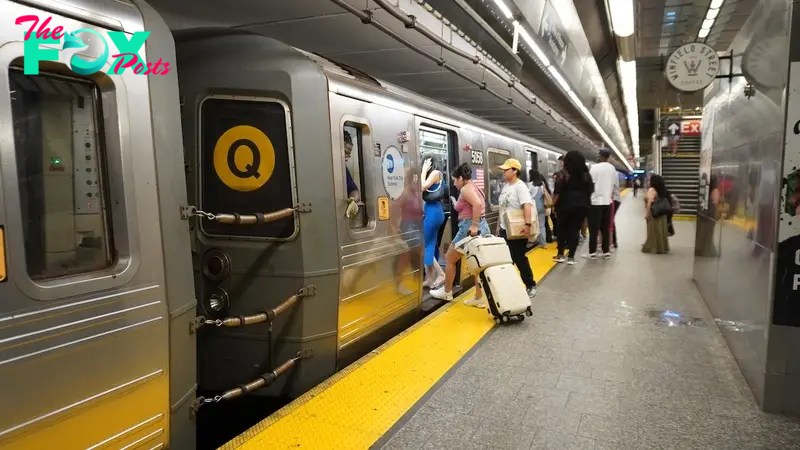
New York first hopped on the public transport train back in 1832 when it introduced a horse-drawn streetcar. Fast-forward nearly 200 years, and the city rumbles with its extensive (and sometimes rather gritty) subway we see today.
As time passes, the Big Apple keeps improving its transport facilities – new bike lakes, ride share, and, of course, its extensive MTA network. You’re never more than a fifteen-minute walk to a subway station in Manhattan, Brooklyn, or Williamsburg, and the subway runs 24 hours a day.
Throw in The Staten Island Ferry and PATH trains connecting Manhattan to New Jersey, and this transport network is tough to comPete with.
-
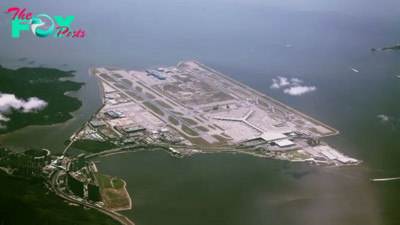
 Travel2h ago
Travel2h agoHong Kong’s Airport City to Transform into a World-Class Hub as Part of a Major Expansion
-
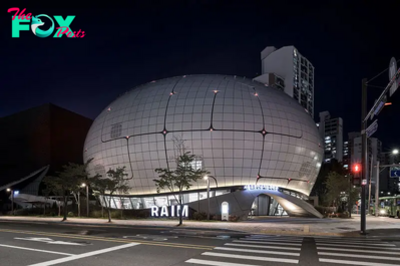
 Travel7h ago
Travel7h agoWelcome to the RAIM, the Museum About AI and Robots That was Built by Robots
-

 Travel1d ago
Travel1d ago9 Most Dangerous Roads in the World
-

 Travel2d ago
Travel2d ago8 Most Beautiful Desert Oasis in the World
-

 Travel2d ago
Travel2d agoAmerigo Vespucci, the World’s Most Beautiful Ship, to grace Phuket
-

 Travel5d ago
Travel5d agoWhat in the World is an Iceberg Home?
-

 Travel5d ago
Travel5d ago5 Reasons Why Ski Lovers Should Check Out Club Med Kiroro
-
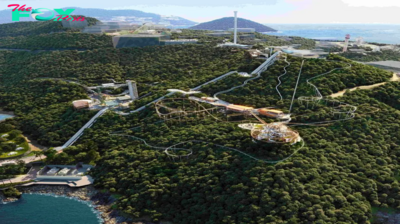
 Travel6d ago
Travel6d agoOcean Park to Launch A New Adventure Zone with Thrilling Attractions by 2028


